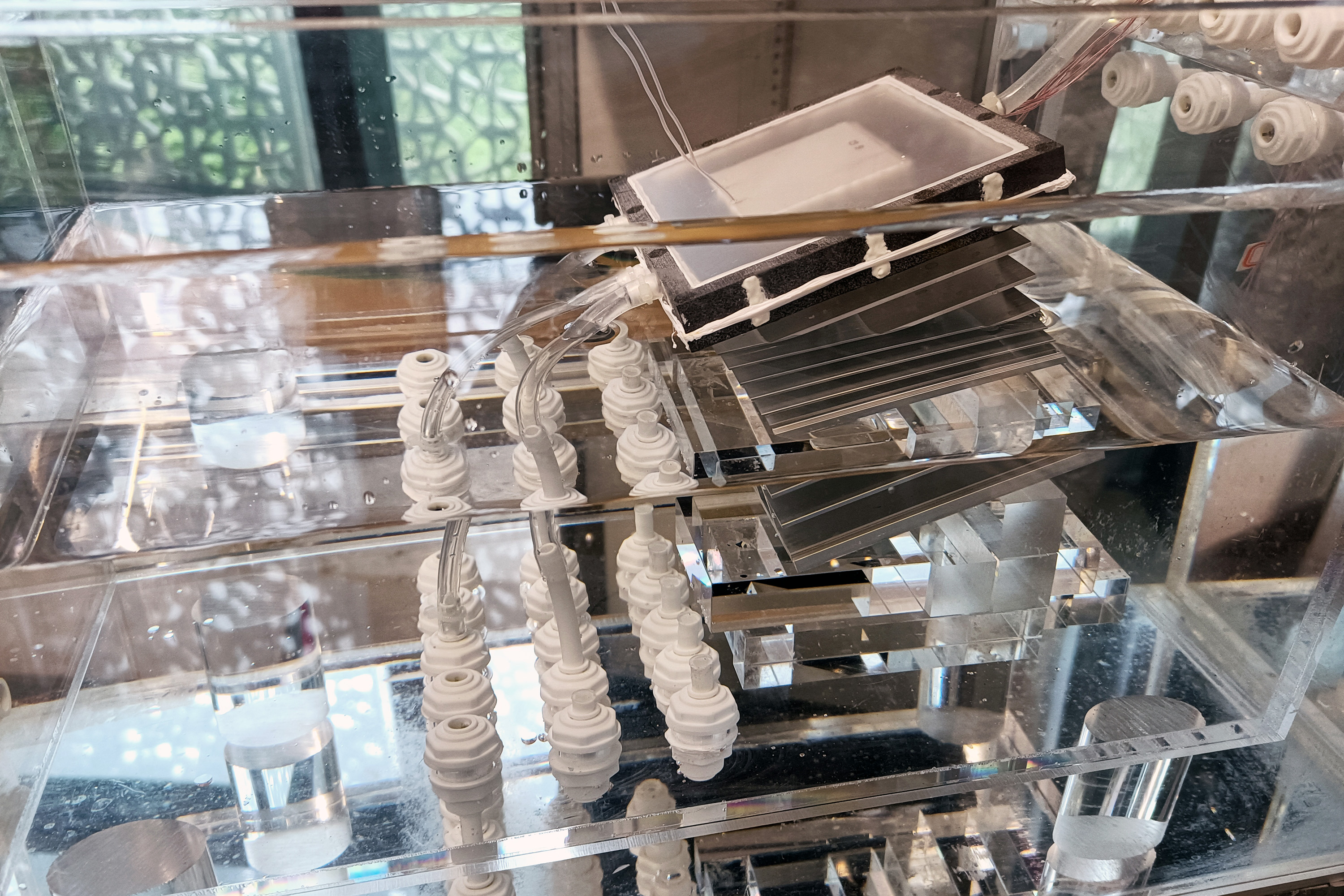Engineers at MIT and in China are aiming to turn seawater into drinking water with a completely passive device that is inspired by the ocean, and powered by the sun.
In a paper appearing today in the journal Joule, the team outlines the design for a new solar desalination system that takes in saltwater and heats it with natural sunlight.
The researchers estimate that if the system is scaled up to the size of a small suitcase, it could produce about 4 to 6 liters of drinking water per hour and last several years before requiring replacement parts. At this scale and performance, the system could produce drinking water at a rate and price that is cheaper than tap water.



You hit the nail in the head on that first part. People don’t realize exactly how long the water cycle takes to recover to natural levels when human intervention is accounted for. This is something that we are talking centuries to make happen, and that’s assuming we go at a steady rate rather than desalinate like we are trying to suck the oceans dry.